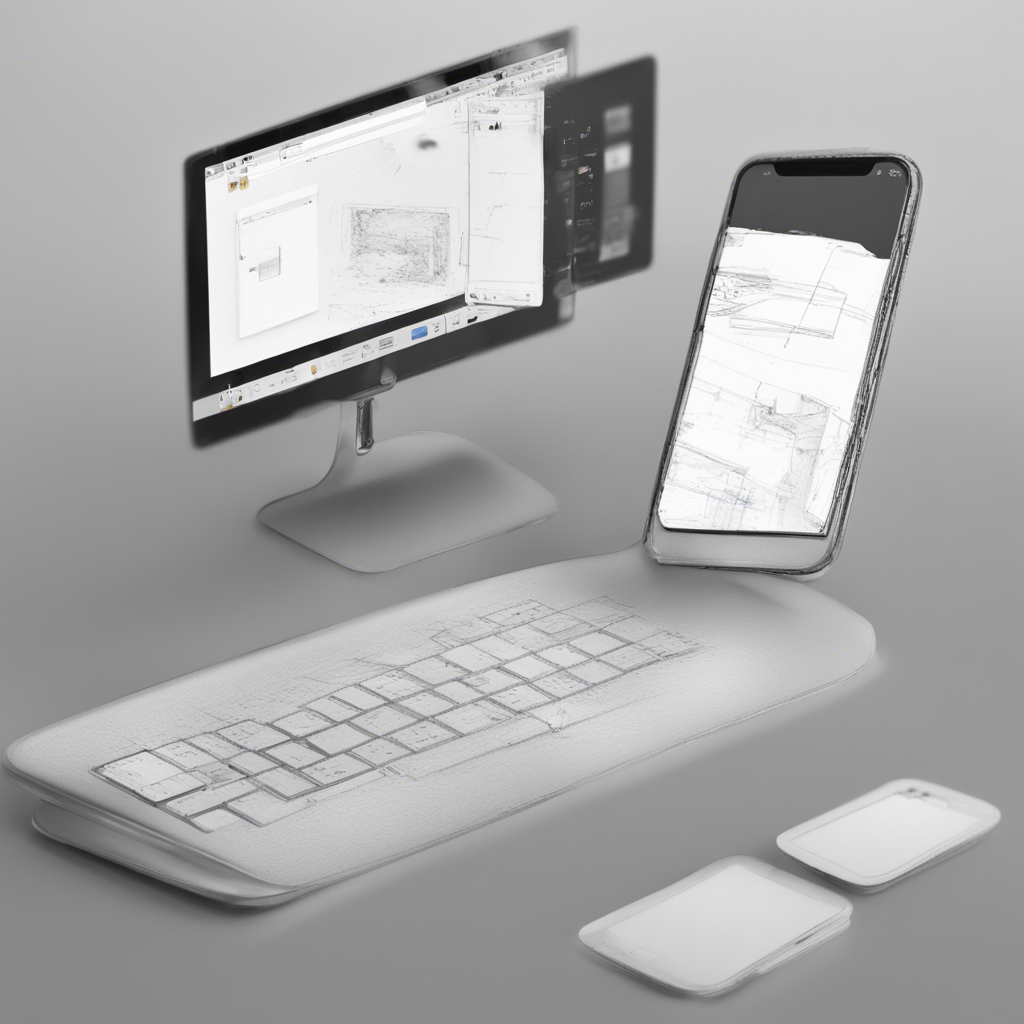
Beyond Zoom: Next-Generation Virtual Collaboration Tools
In a world where remote work and virtual meetings have become the new norm, the demand for efficient and effective collaboration tools has never been higher. While platforms like Zoom have been instrumental in bridging the gap between individuals and teams, the evolving landscape calls for even more advanced solutions to meet the diverse needs of today’s professionals. In this blog post, we will explore the concept of next-generation virtual collaboration tools that go beyond Zoom and offer unique features and capabilities to enhance productivity and connectivity in the digital workspace.
The Need for Next-Generation Virtual Collaboration Tools
The limitations of existing platforms like Zoom have become apparent as organizations adapt to remote work settings. Issues such as security vulnerabilities, scalability challenges, and user fatigue have underscored the necessity for more sophisticated virtual collaboration tools. Companies are now looking for solutions that can provide a seamless and immersive collaboration experience while addressing the shortcomings of traditional video conferencing platforms.
Key Features of Next-Generation Virtual Collaboration Tools
1. Virtual Whiteboarding
Virtual whiteboarding capabilities enable teams to ideate, brainstorm, and collaborate in real-time, replicating the experience of traditional whiteboards in a digital environment. Tools like Miro and MURAL offer intuitive interfaces and a wide range of features to facilitate creative collaboration and visual communication.
2. Spatial Audio and 3D Environments
Next-generation collaboration tools leverage spatial audio technology to simulate natural sound patterns, creating a more immersive meeting experience. Platforms like Spatial and VirBELA enable users to interact in 3D environments, fostering a sense of presence and engagement that goes beyond traditional video conferencing.
3. Artificial Intelligence Integration
AI-powered features such as real-time language translation, smart transcription, and automated meeting summaries enhance communication and productivity in virtual meetings. Tools like Otter.ai and Krisp.ai leverage AI algorithms to optimize collaboration workflows and streamline information exchange.
4. Virtual Reality (VR) Integration
Virtual reality integration allows users to engage in virtual meetings and collaborative activities in fully immersive environments. Platforms like Mozilla Hubs and ENGAGE VR enable participants to interact as avatars, explore virtual spaces, and engage in rich multimedia content, transforming the way remote teams connect and collaborate.
Enhancing Virtual Collaboration with Next-Generation Tools
By incorporating these advanced features and capabilities, next-generation virtual collaboration tools offer a comprehensive solution for modern professionals seeking to optimize their remote work experience. Whether facilitating team meetings, client presentations, or brainstorming sessions, these tools empower users to transcend the limitations of traditional video conferencing and unlock new possibilities for collaboration and innovation in the digital age.
Conclusion
As the digital landscape continues to evolve, the demand for next-generation virtual collaboration tools will only grow, driving innovation and shaping the future of remote work and communication. By embracing these advanced platforms and features, organizations can foster a culture of collaboration, creativity, and connectivity that transcends physical boundaries and propels teams towards success in an increasingly virtual world.
References
- Miro - Online Whiteboard for Visual Collaboration
- MURAL - Digital Workspace for Visual Collaboration
- Spatial - Remote Collaboration in AR/VR
- VirBELA - Remote Work and Collaboration Platform
- Otter.ai - AI-powered Meeting Notes
- Krisp.ai - Noise Cancellation Software
- Mozilla Hubs - Social VR Platform
- ENGAGE VR - Virtual Reality Platform
Whether you are a remote team looking to improve collaboration or a business seeking to enhance virtual communication, exploring next-generation virtual collaboration tools can unlock new opportunities and streamline interactions in the digital workspace. Embrace innovation and elevate your virtual collaboration experience with these advanced platforms and features.


